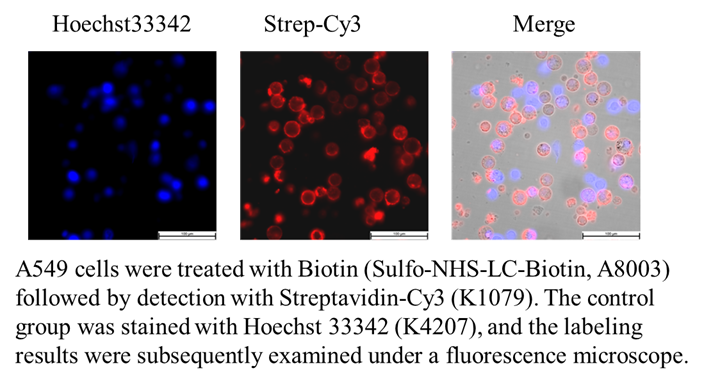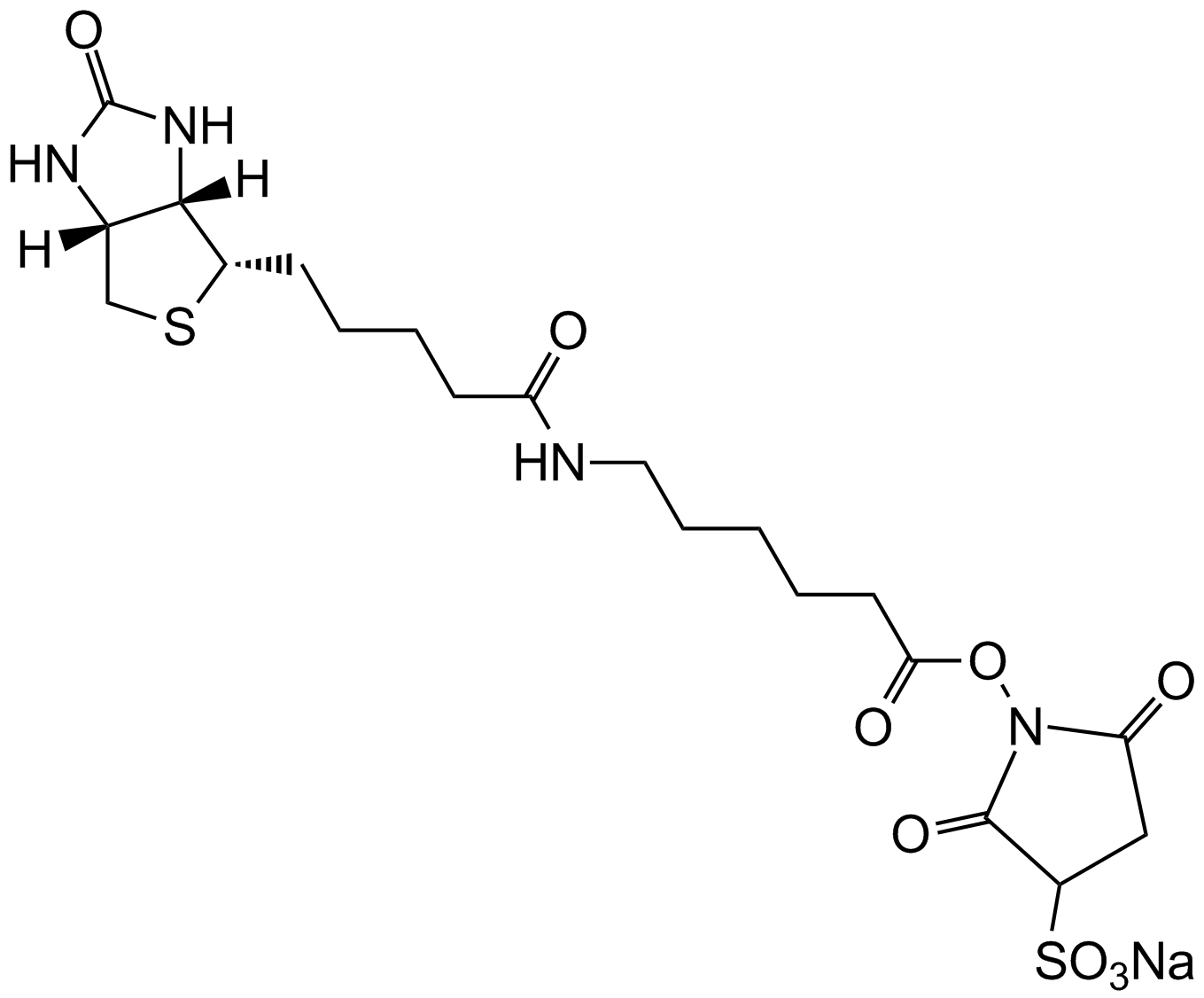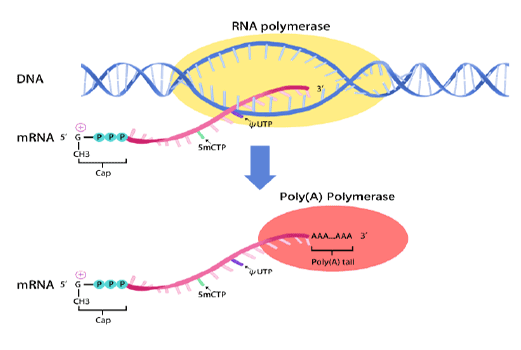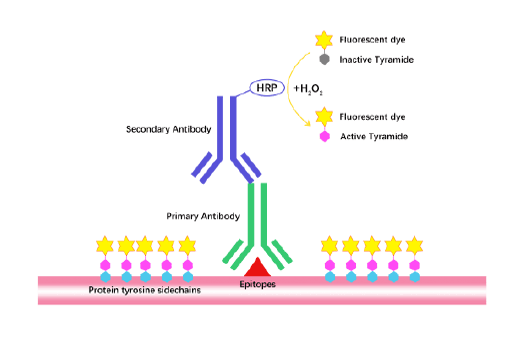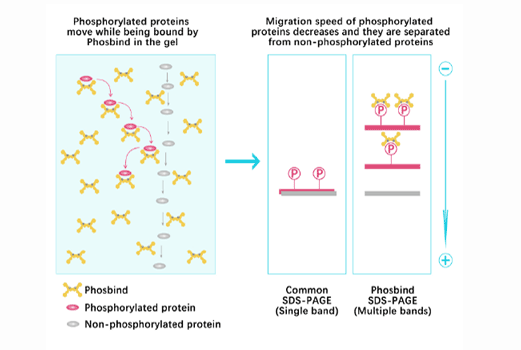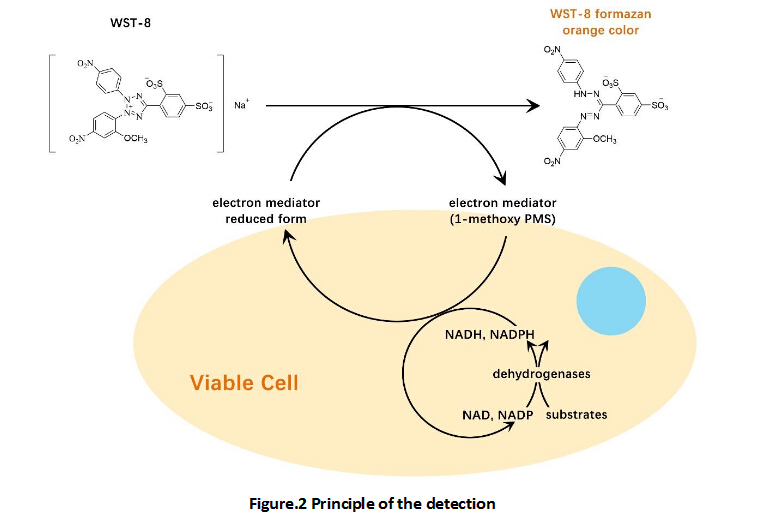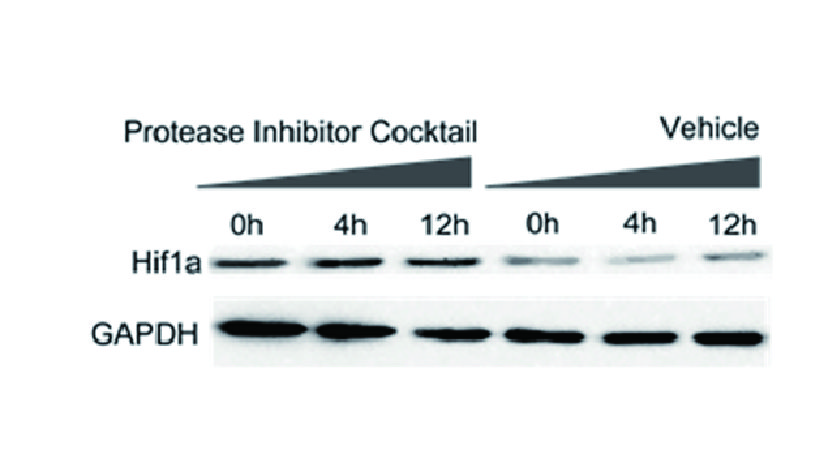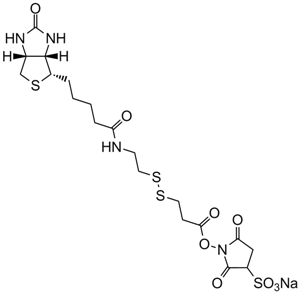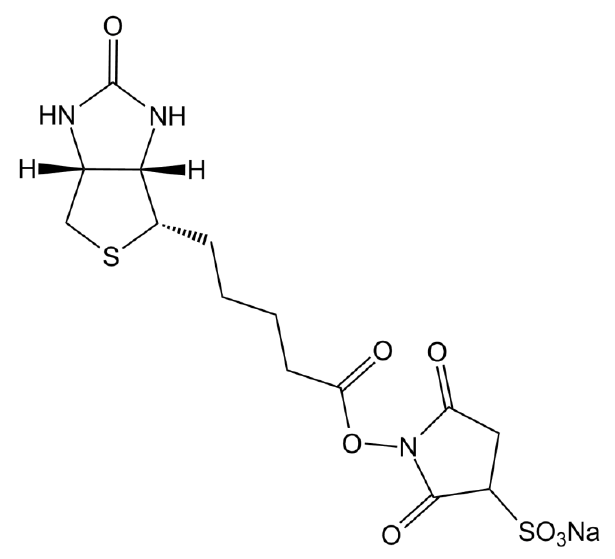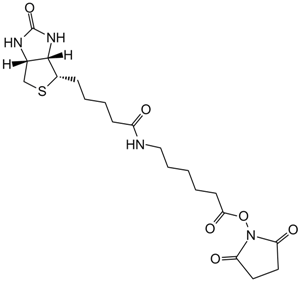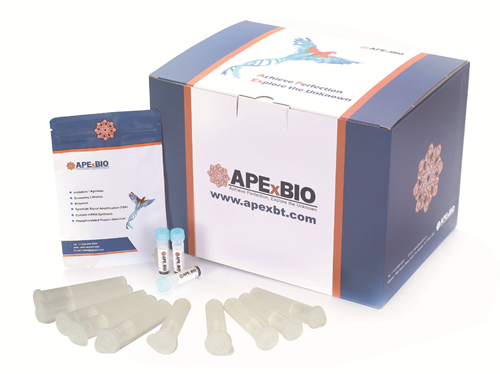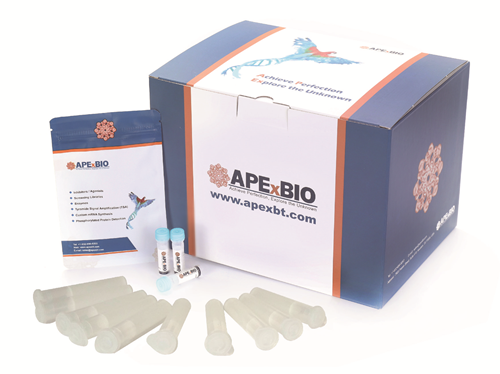Sulfo-NHS-LC-Biotin
Sulfo-NHS-LC-Biotin (sulfosuccinimidyl-6-(biotinamido) hexanoate) is a water-soluble reagent for covalently labeling primary amines (especially on proteins/peptides) via stable amide bonds (releasing NHS), with a negatively charged sulfonate group enabling aqueous use without organic solvents. Its 22.4 Å hexanoate spacer enhances accessibility to sterically hindered sites, compared to shorter linker derivatives (A8001). It is widely used in molecular biology/biochemical assays for detecting, purifying, or immobilizing amine-containing biomolecules via biotin-avidin/streptavidin systems.
Reference
Bioconjugate Techniques , 2nd ed. By Greg T.Hermanson (Pierce Biotechnology, Thermo Fisher Scientific, Rockford, IL). Academic Press (an imprint of Elsevier): London, Amsterdam, Burlington, San Diego . 2008. ISBN 978-0-12-370501-3.
- 1. Tian-Ning Yang, Ping-An Jian, et al. "Melatonin Regulates Clusterin to Reconstruct the Blood–Testis Barrier Disrupted by Atrazine." J Agric Food Chem. 2025 Jun 4;73(22):13868-13878 PMID: 40407246
- 2. Yao Dong, Ru Jia, et al. "SMND-309 activates Nrf2 signaling to alleviate acetaminophen-induced hepatotoxicity and oxidative stress." PLoS One. 2025 Mar 31;20(3):e0310879 PMID: 40163430
- 3. Feng-Wen Niu, Ming-Dong Liu, et al. "Mitochondrial ROS-associated integrated stress response is involved in arsenic-induced blood-testis barrier disruption and protective effect of melatonin." Environ Int. 2025 Mar:197:109346 PMID: 39999483
- 4. De Xie, Qiuyang Zheng, Jiaming Lv. "Uric Acid Functions as an Endogenous Modulator of Microglial Function and Amyloid Clearance in Alzheimer's Disease." Adv Sci (Weinh) . 2025 Oct 6:e10270. PMID: 41051385
- 5. Yuan Gao, Jing Feng, et al. "Ehbp1 orchestrates orderly sorting of Wnt/Wingless to the basolateral and apical cell membranes." EMBO Rep. 2024 Oct 14 PMID: 39402333
- 6. Ze-Yu Zhou, Ji-Ying Wang, et al. "Branched‐Chain Amino Acids Deficiency Promotes Diabetic Neuropathic Pain Through Upregulating LAT1 and Inhibiting Kv1.2 Channel." Adv Sci (Weinh). 2024 Sep;11(33):e2402086 PMID: 38946582
- 7. Le Wang, Zhou Gong, et al. "Rapid and unbiased enrichment of extracellular vesicles via meticulously engineered peptide." bioRvix. August 04, 2023
- 8. Haibo Jin, Chen Yang, et al. "Evaluation of Neurotoxicity in BALB/c Mice following Chronic Exposure to Polystyrene Microplastics." Environ Health Perspect. 2022 Oct;130(10):107002 PMID: 36251724
- 9. Xihua Yue, Neeraj Tiwari, et al. "Tankyrase-1-mediated degradation of Golgin45 regulates glycosyltransferase trafficking and protein glycosylation in Rab2-GTP-dependent manner." Commun Biol. 2021 Dec 7;4(1):1370 PMID: 34876695
- 10. Julian Nüchel, Marina Tauber, et al. "An mTORC1-GRASP55 signaling axis controls unconventional secretion to reshape the extracellular proteome upon stress." Mol Cell. 2021 Aug 19;81(16):3275-3293.e12 PMID: 34245671
- 11. Jia J, Yue X, et al. "KDEL receptor is a cell surface receptor that cycles between the plasma membrane and the Golgi via clathrin-mediated transport carriers." Cell Mol Life Sci. 2020;10.1007/s00018-020-03570-3 PMID: 32562023
- 12. Wu Z, He D, et al. "A bimodal (SERS and colorimetric) aptasensor for the detection of Pseudomonas aeruginosa." Mikrochim Acta. 2018 Oct 31;185(11):528 PMID: 30382404
- 13. Shu F, Chen J, et al. "Cholesterol Crystal-Mediated Inflammation Is Driven by Plasma Membrane Destabilization." Front Immunol. 2018 May 29;9:1163 PMID: 29896195
- 14. Lorin, Charlotte, Isabelle Vögeli, and Ernst Niggli. "Dystrophic cardiomyopathy: role of TRPV2 channels in stretch-induced cell damage." Cardiovascular research 106.1 (2015): 153-162 PMID: 25616416
• Protein labeling—biotinylate antibodies to facilitate immobilization, purification or detection using streptavidin resins or probes
• Cell surface labeling—do not penetrate the plasma membrane, biotinylates only surface proteins of whole cells
• Amine-reactive—reacts with primary amines (-NH2), such as lysine side-chains, or the N-terminal-amine
• Soluble—charged sulfo-NHS group increases reagent water solubility compared to ordinary NHS-ester compounds
• Irreversible—forms permanent amide bonds; spacer arm cannot be cleaved
• Medium length—spacer arm is 22.4 angstroms; provides excellent balance between adequate length (minimal steric hindrance for biotin binding) and modest mass
| Storage | Store at -20°CThe product is not stable in solution, please dissolve it immediately before use. |
| M.Wt | 556.6 |
| Cas No. | 127062-22-0 |
| Formula | C20H29N4NaO9S2 |
| Synonyms | Biotinamidohexanoic acid 3-sulfo-N-hydroxysuccinimide ester sodium salt |
| Chemical Name | 2,5-dioxo-1-[6-[5-(2-oxo-1,3,3a,4,6,6a-hexahydrothieno[3,4-d]imidazol-4-yl)pentanoylamino]hexanoyloxy]pyrrolidine-3-sulfonic acid;sodium |
| SDF | Download SDF |
| Canonical SMILES | C1C(C(=O)N(C1=O)OC(=O)CCCCCNC(=O)CCCCC2C3C(CS2)NC(=O)N3)S(=O)(=O)O.[Na] |
| Shipping Condition | Small Molecules with Blue Ice, Modified Nucleotides with Dry Ice. |
| General tips | We do not recommend long-term storage for the solution, please use it up soon. |
| Biotinylation method [1]: | |
|
Sample |
Cardiomyocytes |
|
Preparation method |
Soluble in Water, DMSO or DMF. |
|
Reaction Conditions |
0.5 mg/ml, 37ºC for 2 h |
|
Applications |
Sulfo-NHS-LC-Biotin was dissolved in PBS at a concentration of 0.5 mg/ml. then it was incubated with cardiomyocytes at 37ºC for 2 h. After that the cells were washed twice in cold PBS with 100 mM glycine and twice in cold PBS alone to remove the excess biotin reagent. To capture biotinylated proteins, 100 μl of streptavidin agarose resin were incubated with each 100 μg of samples for 16 hours at 4ºC. Captured proteins were eluted at 60ºC for 30 min with Laemmli 2X sample buffer which contain 40 mg/mL of dithiothreitol and they were analyzed by Western blot with primary antibodies. |
|
References: [1]. Charlotte Lorin, Isabelle Vögeli, Ernst Niggli. Dystrophic cardiomyopathy - role of TRPV2 channels in stretch-induced cell damage. Cardiovascular Research, 2015. |
|
| Description | Sulfo-NHS-LC-Biotin is an intermediate length, water-soluble biotinyltation reagent used to attach biotin to primary amines. | |||||
| Targets | ||||||
| IC50 | ||||||
Quality Control & MSDS
- View current batch:
Chemical structure
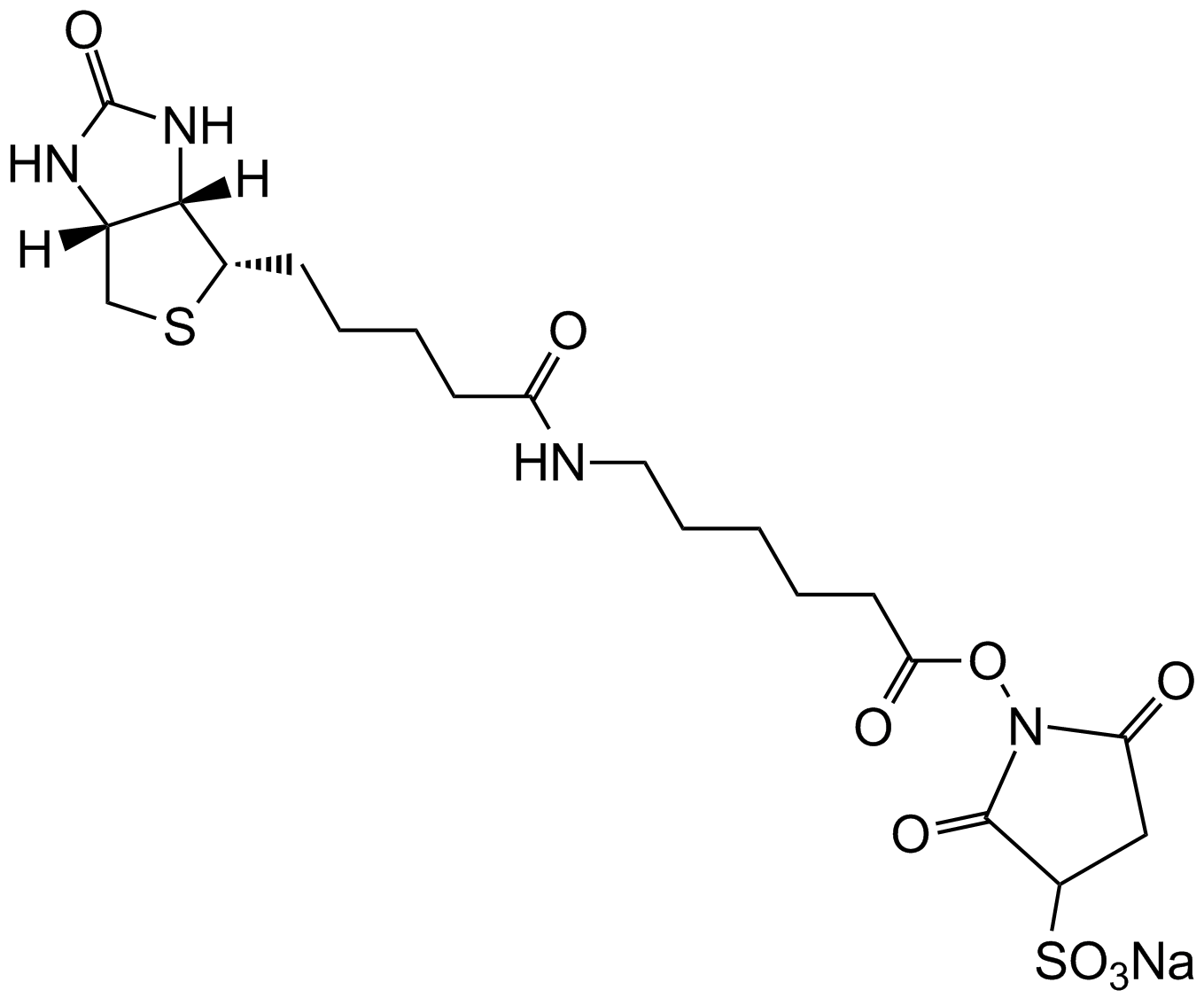
Related Biological Data

Related Biological Data
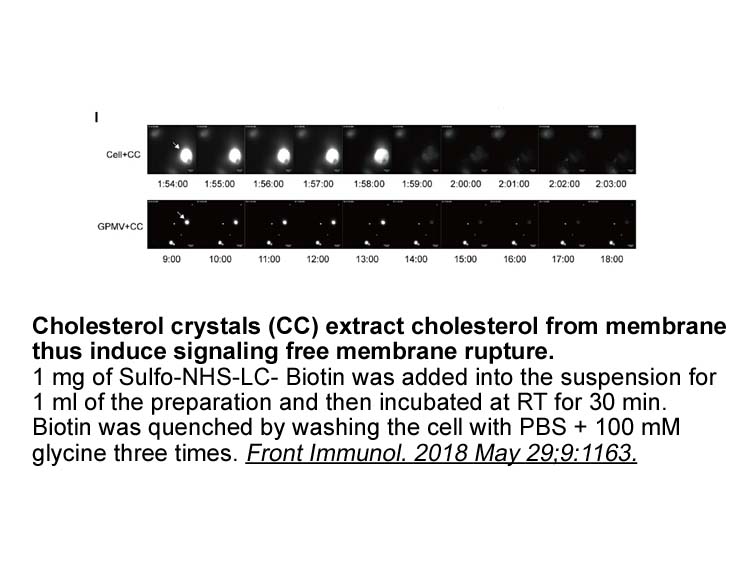
Related Biological Data
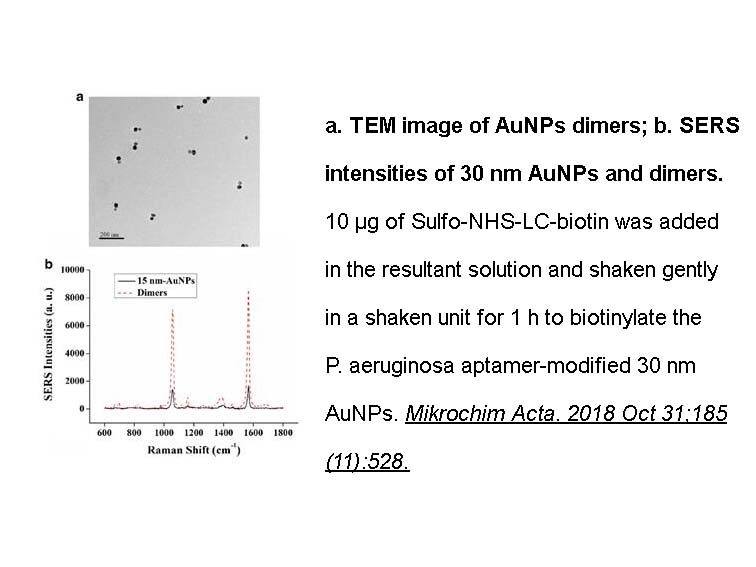
Related Biological Data
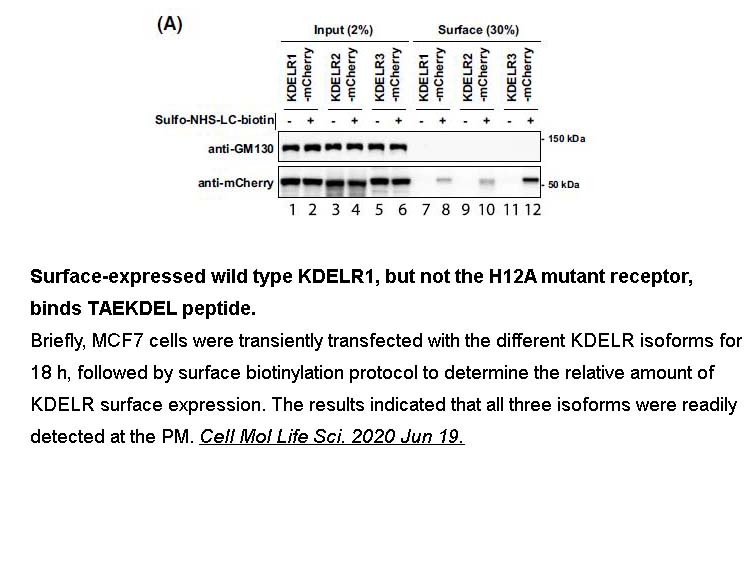
Related Biological Data
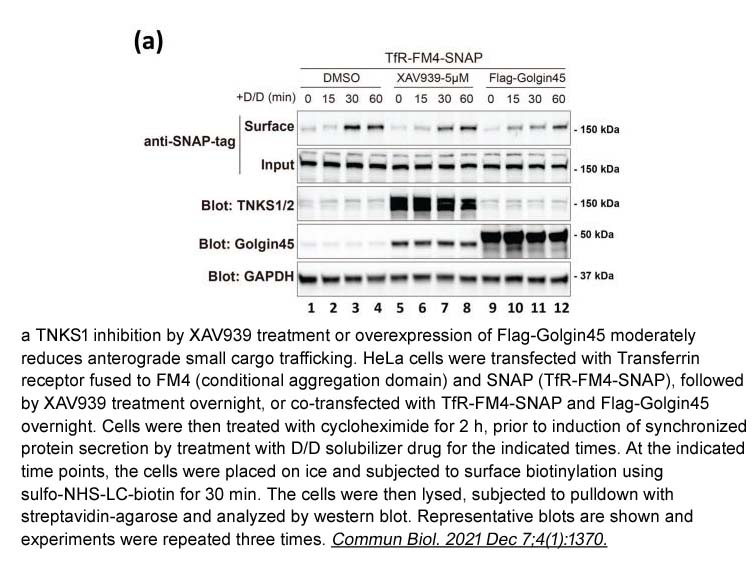
Related Biological Data
